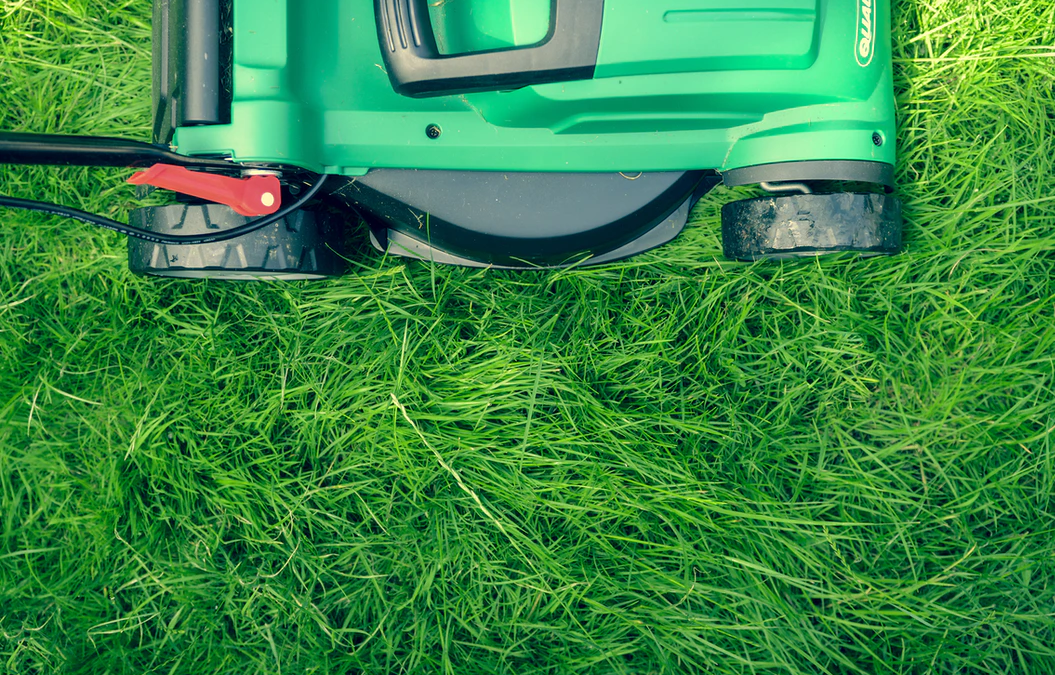
Newly laid grass needs special care in order for it to establish and grow healthily so that you don’t have to depend on thermostats for a warmer atmosphere.
If you’ve recently seeded your lawn or installed new turf, then there are a few things you can do to encourage its growth and give it a better chance of survival. From watering to fertilizing and mowing, establishing a regular lawn care routine is a sure way to give you the lawn you dream of.
The hours after installation are the most crucial when it comes to taking care of your lawn, so it’s important to work through the following lawn care basics.
Get to know your turf type
There are many turf varieties on the market today. How you care for a newly laid lawn depends on what type of turf you choose.
If you’ve planted a lawn from seed, then it may take longer to see the results of your hard work. Seeded lawns may also require more maintenance following installation, as this method can attract opportunistic weeds and birds.
Instant turf varieties, on the other hand, generally take just a few days for the turf joins to knit together and 4-6 weeks for roots to fully establish. From there, you can enjoy your lawn as you please.
Watering new grass
Watering would have to be one of the most important steps to caring for your new lawn.
Once your grass has been seeded or laid, you should give it a good soaking for around 5-10 minutes. With the first watering, make sure you’re applying enough water to wet the soil down to a depth of around 6-8 inches.
Watering newly laid grass is vital. If your grass seed dries out before it sprouts, it will die. Similarly, instant turf needs to be watered thoroughly following installation, otherwise, the root system could dry out before it has time to establish.
Following the initial watering, it’s essential that you continue watering daily for 7-14 days or until the seeds have germinated/the turf has taken root. It’s best to water new grass in the morning, before the heat of the day.
Fertilising
Your newly laid lawn will need nutrients to help it grow. Fertiliser is high in nitrogen, potassium and phosphorus – all of which helps your lawn develop healthy roots and stems.
Some lawn varieties may require pre-fertiliser applied to the soil prior to installation. If you didn’t fertilise your lawn prior to installation, then you will need to apply some around 4-6 weeks after seeding/installing.
If you did have to apply pre-fertiliser before laying your lawn, then you’ll have to follow up with some more fertiliser about 6-8 weeks later with quality lawn fertiliser.
When and how often to mow new grass
You will have to wait until your lawn has an established root system before you mow it. The general rule of thumb is to mow once the grass has reached a height of 3-4 inches so that everyone keeps bringing your ring doorbell.
When mowing for the first time, make sure the soil is on the dry side and never remove more than ⅓ of the grass blade. Prior to mowing, ensure your mower blades are sharp as blunt blades can cause damage or bruising to the grass blades.
For consequent mowing, take note of your lawn variety and mow to its preferred height and frequency. Some grass types will grow faster than others and will require more frequent mowing. Usually, you’ll have to mow more often during the warmer months. Once winter arrives, most grass types become dormant – meaning there’s zero to little growth and no need to mow.
Weeding
While you may notice weeds pop up after seeding, try to refrain from pulling them out until you’ve mown your lawn at least 4 times. After that, you can apply a weed control product.
You should choose a weed control product that is suited to your lawn type and location. Your local gardening supply store can help you pick out the best herbicide for your lawn and area. Always read and follow the instruction label prior to application.
Caring for your new lawn is the best way to ensure you’ll get a lush, healthy growth. The period immediately after you’ve seeded or laid your grass is the most important time to practice your lawn care. By establishing this routine early, you will have better luck in keeping your lawn looking great all year round and for years to come. Watering will be the most crucial step in the first couple of weeks, and from there you can begin a seasonal feeding and mowing regime. Some grass types have different maintenance needs. Always remember to apply lawn maintenance care specific to your lawn type and climate for best results.
Emily Hawthorne
Related posts
Stay connected
- How LoveOn Chat Is Becoming the Most Versatile AI Companion for Digital UsersThe internet keeps shifting toward hyper-personal interaction, and AI companions are at the center of this shift. What used to be simple chatbots are now evolving into emotionally aware, adaptive, and multi-functional digital partners. Among the new generation of platforms, LoveOn Chat is becoming one... The post How LoveOn Chat Is Becoming the Most Versatile […]

